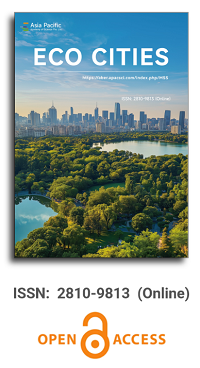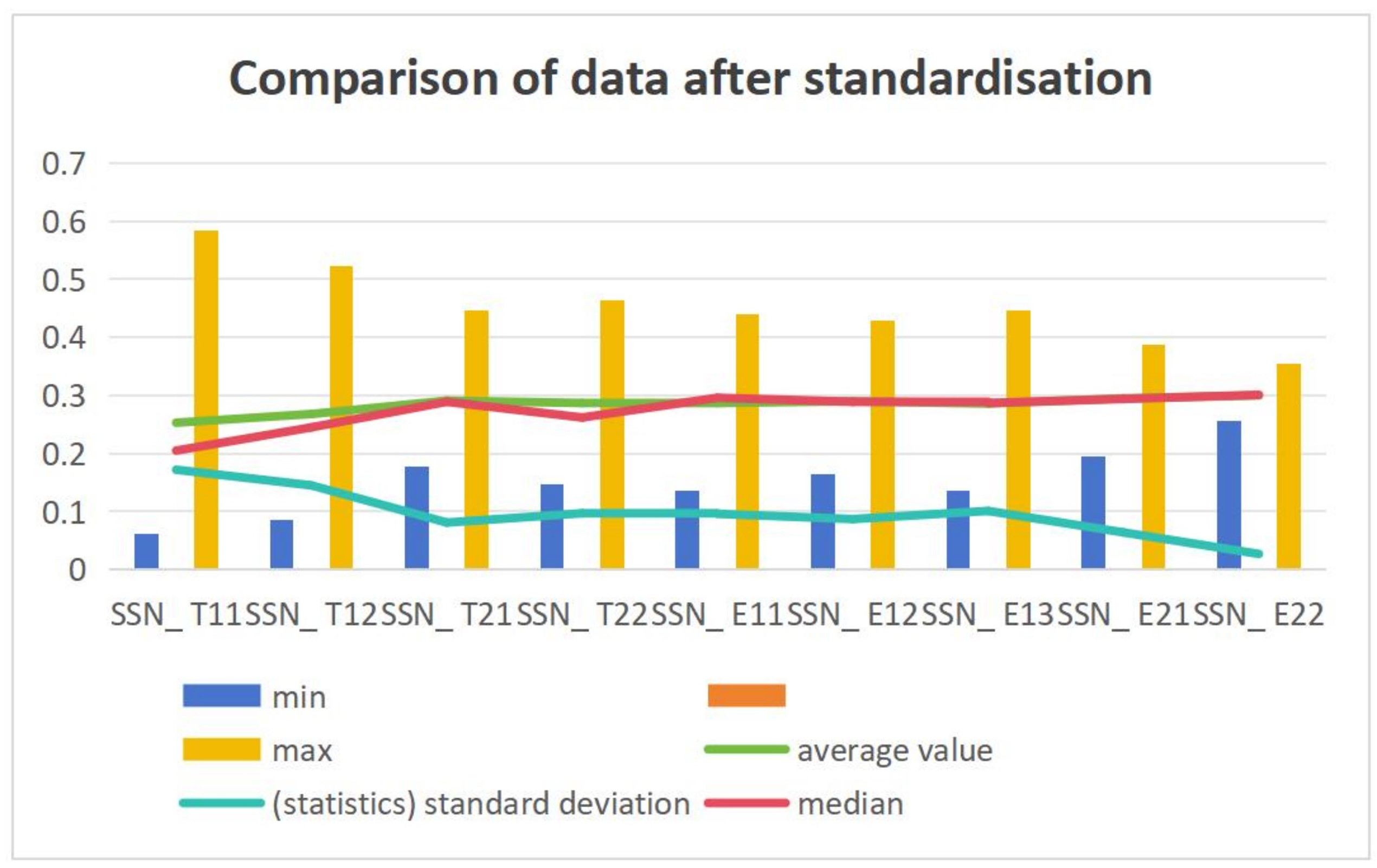


In the context of eco-city development, the term "eco-city" encompasses a multifaceted ecosystem characterized by the interdependence of natural, social, and economic systems. This concept emphasizes the need for sustainability through environmental friendliness, social equity, and economic growth. Various models of eco-cities, including garden cities, green cities, and landscape cities, reflect the ongoing exploration of achieving harmony between humans and nature in urban living environments. There are two practical examples of exploring the development of eco-cities below. Singapore stands out as a global exemplar of eco-city principles[1], integrating extensive park planning across various levels—from urban greenways to national parks—thereby establishing a robust ecological green space system. This initiative is supported by comprehensive policies and community engagement, which together form the foundational "software" of an eco-city. Following Singapore's lead, Tianjin in China has embarked on its eco-city journey with the Sino-Singapore Tianjin Eco-city, initiated in 2008. This project aims to create a livable urban environment on previously uninhabitable land, transforming saline soils into arable land and fostering complex ecosystems where human and natural systems coexist harmoniously. Notably, the project's zero-energy [2] buildings are designed to produce much more renewable energy than they consume, achieving significant electricity savings and reducing carbon emissions. To establish a high-quality ecological foundation that supports social and economic growth, it involves deeply understanding sustainable development concepts and effectively integrating ecological principles into urban planning and the collective mindset of citizens. Papers in Vol.5, No.1 may provide solutions to the various problems on eco-city exploration, and it is hoped to provide a reference for scholars in related fields and contribute to the sustainable development of cities. We believe that the goal of global cities striving for ecological, environmental, and economic harmony is on the verge of being realized in the near future.
References:
|

Chinese Academy of Sciences, China
Indexing & Archiving
Asia Pacific Academy of Science Pte. Ltd. (APACSCI) specializes in international journal publishing. APACSCI adopts the open access publishing model and provides an important communication bridge for academic groups whose interest fields include engineering, technology, medicine, computer, mathematics, agriculture and forestry, and environment.



.jpg)

.jpg)



